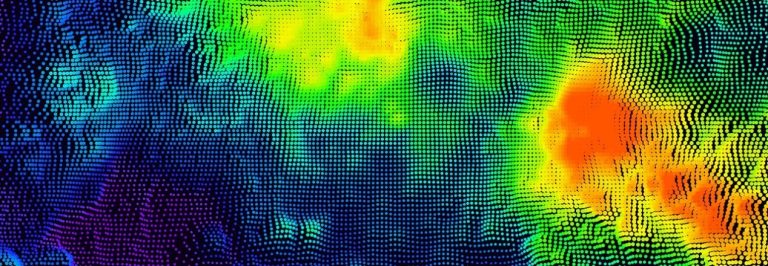The adoption of non-visible light technology is rapidly increasing across the security and monitoring industries, according to a recent survey by asmag.com and Hikvision. Traditional cameras, which operate solely within the visible light spectrum, are limited by environmental factors such as darkness, fog, and visual obstructions. To counter these limitations, organisations are exploring alternative technologies—specifically thermal imaging, radar, x-ray, and audio systems—which function in non-visible light spectrums and offer substantial improvements in monitoring capabilities across a range of industries.
These advanced technologies enable monitoring that extends beyond the capabilities of visible light cameras. By detecting factors such as heat signatures, subtle movement, and otherwise concealed details, non-visible light tools provide enhanced surveillance options that are especially valuable in low-visibility conditions. Originally focused on security applications, these innovations are now increasingly used in healthcare, industrial inspection, and environmental monitoring, demonstrating their versatility across multiple sectors.
The survey focused on the deployment and potential of four core technologies: thermal imaging, audio systems, x-ray technology, and millimetre radar. The findings indicate that thermal imaging and audio technologies are the most widely used, while x-ray and millimetre radar adoption is gradually increasing.
Thermal Imaging and Audio Lead the Way
Survey data shows that thermal imaging and audio technologies are at the forefront of deployment within non-visible light applications. Among respondents, thermal imaging is deployed by 72%, while audio technology is utilised by 57%. Thermal imaging’s ability to detect heat patterns and temperature variations is particularly valued in security and industrial settings, where these insights can identify potential threats or irregularities in real-time.
Audio technology, meanwhile, has also become an essential element in security systems. The development of IP-based audio solutions has facilitated greater integration with existing security platforms, enhancing communication through audio alerts and warnings. Additionally, two-way audio features allow for real-time interaction with individuals at monitored sites, adding a responsive layer to surveillance.
Emerging Technologies: X-ray and Millimetre Radar
While x-ray and radar technologies are seeing some traction, their adoption remains behind thermal and audio options, with x-ray utilised by 31% of respondents and millimetre radar by 29%. The lower rate of deployment may be attributed to higher costs, increased complexity, and regulatory requirements. Nonetheless, the growing interest in these technologies indicates that with future advancements and lower entry barriers, x-ray and radar could become more widespread. Millimetre radar, in particular, offers potential for precise movement detection, even through solid materials, which could be beneficial in security and industrial inspection.
Customer Demand Aligns with Thermal and Audio Offerings
The survey data shows a clear demand for thermal imaging and audio technologies, suggesting that providers are meeting customer needs in these areas. Thermal imaging received the highest level of customer inquiries, with 15% of providers indicating they are always asked about it, 24% often, and 39% sometimes. Similarly, audio technology is highly requested, with 16% reporting that it was always requested and 24% often.
Demand for x-ray and radar technologies, however, currently surpasses their availability in the market. For instance, while 42% of respondents reported some level of customer interest in x-ray technology, only 31% of providers offer it. Millimetre radar also faces a similar supply gap, with 37% of respondents expressing demand but only 29% of providers currently deploying it.
As demand continues to grow for enhanced surveillance in challenging conditions, the industry faces opportunities to expand the use of x-ray and radar technologies if these limitations can be effectively addressed.



